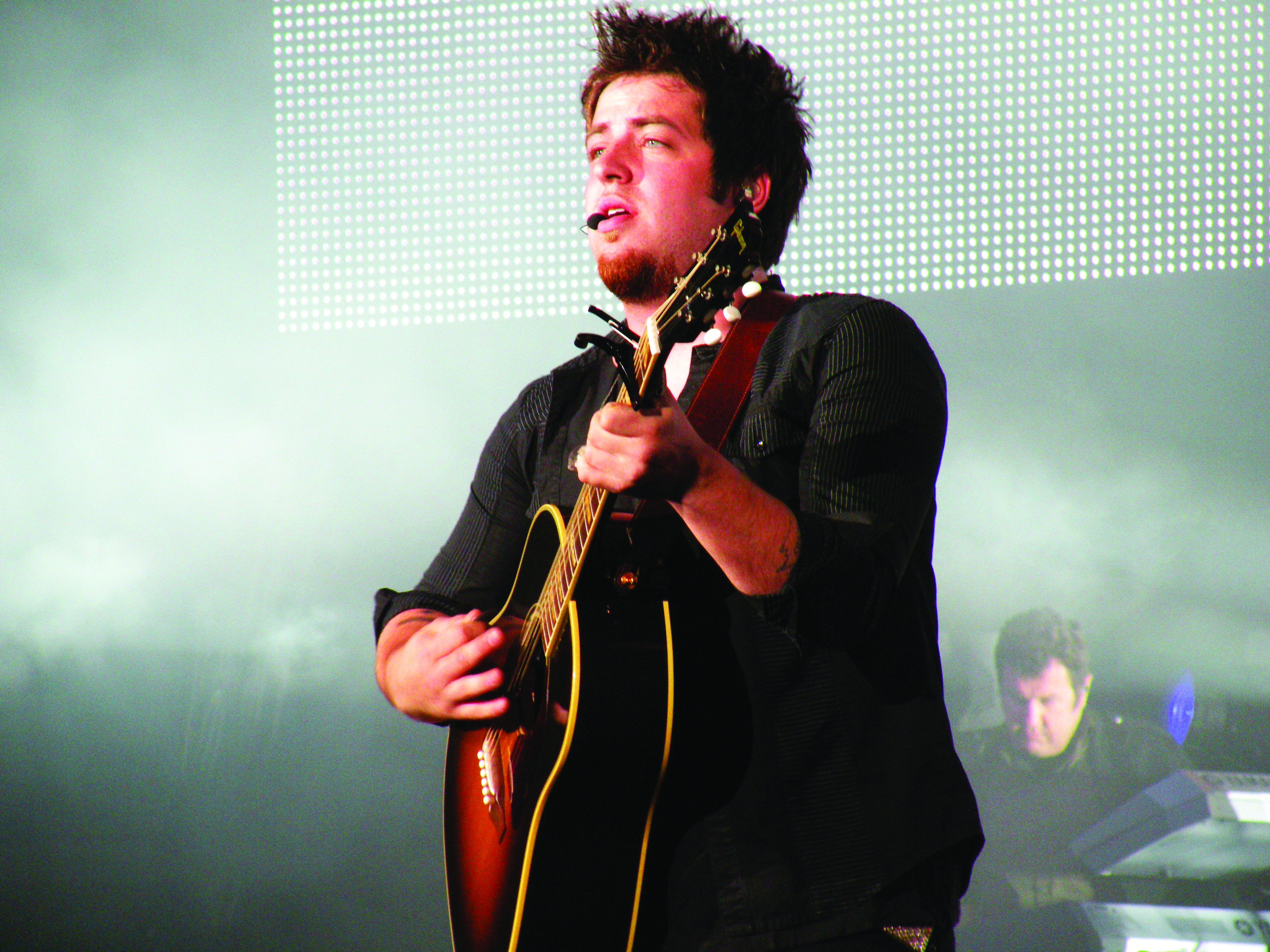Siobhan Murray
Staff Writer
Speak UP’s growth is part of national trend
Speak UP Bucknell has continued to grow this semester as both athletic groups and Greek organizations have made conscious efforts to become involved. Members of the men’s crew team, for example, decided to participate in a presentation. Fraternities have also asked to attend a sexual misconduct related program this semester and chose to take the Speak UP program.
Last semester, the Speak UP program replaced the Transition to College class that had previously provided specific presentations for all first-year students. Speak UP Bucknell was founded in Jan. 2012 as part of the University’s ongoing efforts to help prevent sexual assault, dating violence and stalking on campus. The program is a partnership between Psychological Services and the Women’s Resource Center, and is facilitated by student peer educators, as well as modeled on the University of New Hampshire’s program “Bringing in the Bystander.”
The Speak UP program is headed by Marie Shaw, assistant director of Psychological Services, and Tracy Shaynak, director of the Women’s Resource Center. The peer education program is facilitated by 21 students who work to make the program interactive by promoting conversation during the presentations. The program is founded on the idea of the bystander effect.
“We intentionally created the program to be centered around students’ voices, so that the education came from them rather than solely from the administration,” Shaynak said.
“[The program] being student-run fosters dialog between the presenter and the group easier and more comfortable,” Chris Seery ’14, co-captain of the men’s crew team said.
Seery added that having student-run presentations means that students can provide input about perceptions and stereotypes on campus that faculty and staff may not have been aware of previously.
The idea that all members of a community have a role in stopping sexual assault and violence is an important one for the Speak UP program. The program does not focus on talking to students as if they’re potential victims or potential perpetrators.
“We want to train them to see situations where something is wrong,” Shaynak said. “The traditional program may have made men feel as if they were perpetrators, but we think this one may resonate with men more.”
According to the Speak UP team, this push towards a campus change in how to perceive sexual assault is central in eliminating the many incidents that happen because of miscommunication.
“Sexual assault, dating violence and stalking are difficult issues to confront, and there is considerable work that lies ahead, but the answers will ultimately come when enough students are not only willing to recognize that it’s time for change, but are also willing to speak up and make a difference,” Shaynak said.
“This problem is nationwide, but being proactive is a great first step for us as a college community to take,” Seery said.
In Nov. 2012, the program received a $300,000 Department of Justice grant that will allow the program to provide additional education in the areas of dating violence and stalking, as well as a new Interpersonal Violence Prevention Coordinator. In the University’s application for the grant, the school reported that about one in three female students indicated being the victim of a rape or attempted rape in the University’s 2010 Sexual Experiences Survey, according to a December 2012 Daily Item article. This is compared to the 20 to 25 percent rate of the National Sexual Experience Survey. A 2011 survey by the American College Health association found that 17 percent of University women reported being touched sexually without their consent within the past year, compared to the 12.4 percent national rate.
The University’s responses to sexual assault have been in the spotlight since the 2010 incident on campus where a female student filed a lawsuit for sexual assault. The male student was later cleared of the charges.
The national spotlight on sexual assault increased as the House of Representatives approved a Senate bill in February to reauthorize the Violence Against Women Act (VAWA). The House passed federal legislation aimed at combating campus sexual violence, including the Campus Sexual Violence Elimination Act, known as Campus SaVE, which looks to reform how colleges treat sexual violence and stalking on campus. In it, schools will have to include reports of dating violence, sexual assault and stalking in their annual crime statistics.
For more information on the Speak UP program, visit the Speak UP page on the University website.
“It is every student of this campus who has the ability to make a real difference by saying something when they see something that doesn’t seem right, watching out for their friends and others and standing up for those who have been victimized so that they receive the care and support they deserve,” Shaynak said.



